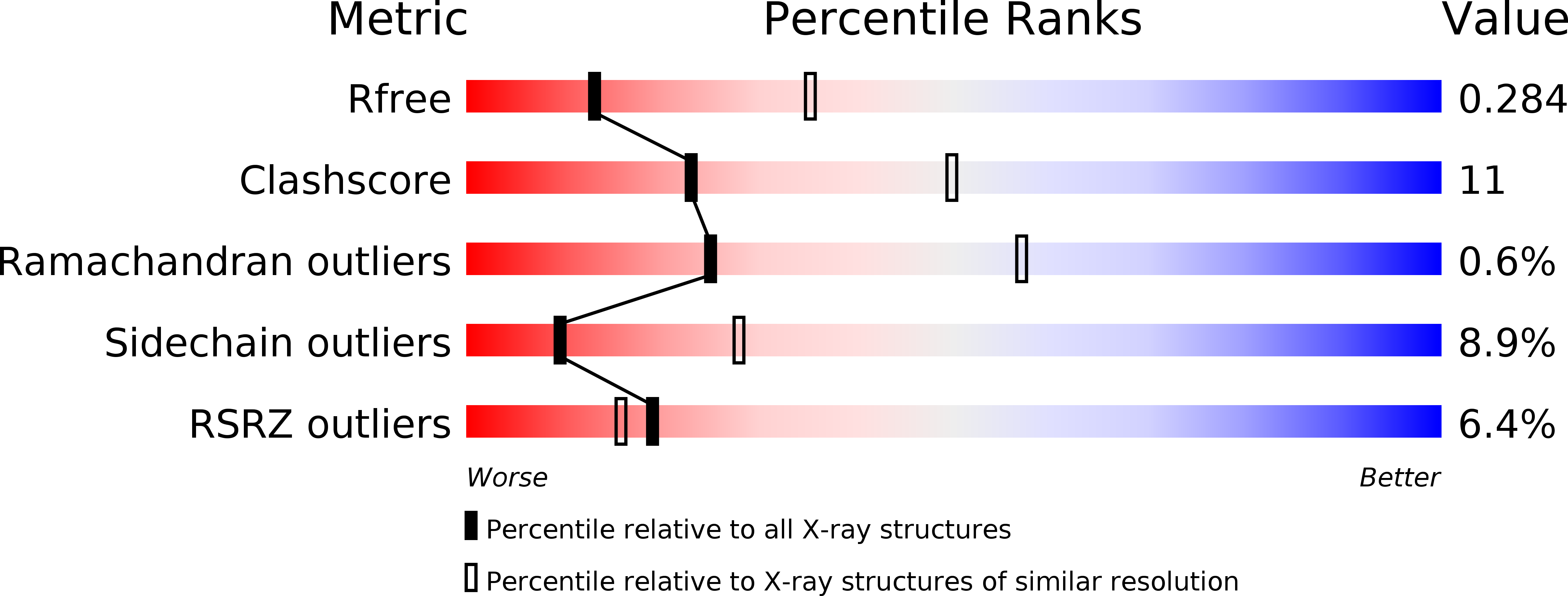
Deposition Date
2013-02-07
Release Date
2014-03-12
Last Version Date
2024-11-06
Entry Detail
PDB ID:
4J4P
Keywords:
Title:
The complex of human IgE-Fc with two bound Fab fragments
Biological Source:
Source Organism:
Homo sapiens (Taxon ID: 9606)
Host Organism:
Method Details:
Experimental Method:
Resolution:
2.91 Å
R-Value Free:
0.28
R-Value Work:
0.23
R-Value Observed:
0.23
Space Group:
P 21 21 21


